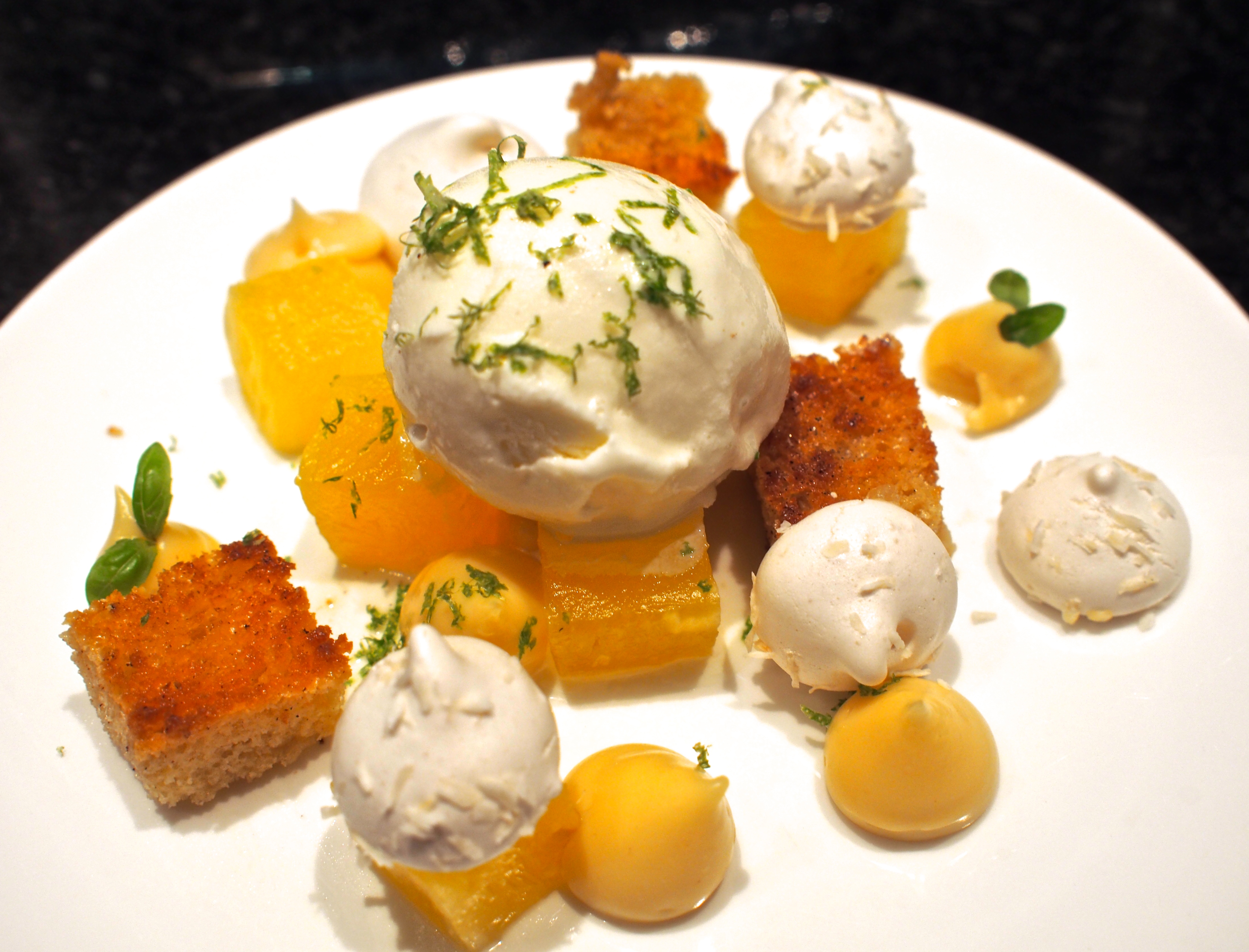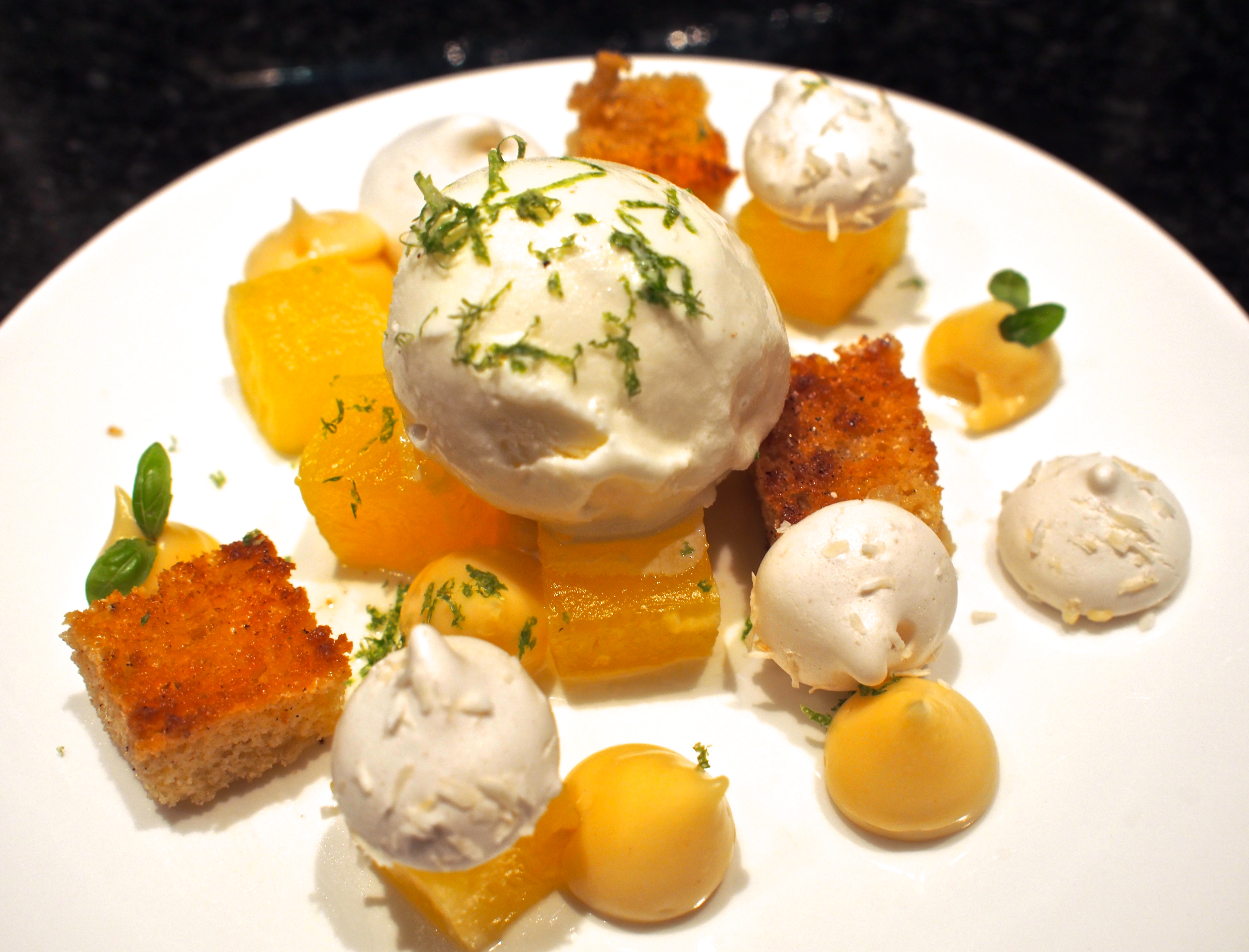This dish is based very loosely on another Ottolenghi dish from Plenty – in it he combines rocket, onions, couscous and herbs. It struck me that it’s the perfect sort of dish to adapt based on what you love, or have available. Whilst rocket is peppery, for me pea-shoots impart a sweet freshness to the dish, that echoes the sweet and savoury shallots and cumin. I rustled Hubby up some blackened chicken to go with his dish, and the whole thing was done and dusted in the time it took to roast – no more than 25 minutes from beginning to end. This is one dish I’ll make dozens of variations of, and will treat as a method, rather than a recipe to adhere to rigidly.
Ingredients:
2 shallots
1 medium courgette
100g giant couscous
200g boiling water
1 tsp ground cumin
1 large clove of garlic
A handful each of parsley, mint, chives and chervil (whichever you have to hand or love)
80g pea-shoots
50g dried cranberries
olive oil, to fry the shallots in
Juice of one lemon, to dress
Extra virgin olive oil, to dress
Method:
- Measure one mug of giant couscous into a bowl, and measure two mugs of boiling water, at the same level, pouring into the bowl. Cover the bowl with cling film and set to one side (the couscous will cook in the residual heat of the boiling water – this method is sometimes called the absorption method, and will take around 15 minutes).
- Finely slice two small shallots, and add to the pan with the olive oil. Gently fry until they are golden brown. Add a scant teaspoon of cumin powder, and lightly toss the mixture together.
- Add the crushed garlic to the pan and soften without browning.
- Cut the courgette into diagonal slices (if it pleases you), and if large, cut those slices in half. Cut the broccoli into manageable sections, and add both the broccoli and courgette to the pan. When lightly cooked, set the pan aside to cool a little.
- Finely chop (or mince) a large handful of mint, parsley, chives, and chervil – or whichever herbs you prefer.
- When everything is ready, combine your pea-shoots, drained couscous, herbs and vegetable together in a bowl. If you don’t mind fruit in your couscous, and I realise it’s not for everyone, add around 50g of dried cranberries, or sour cherries.
- Drizzle with a little good virgin olive oil, and the lemon juice
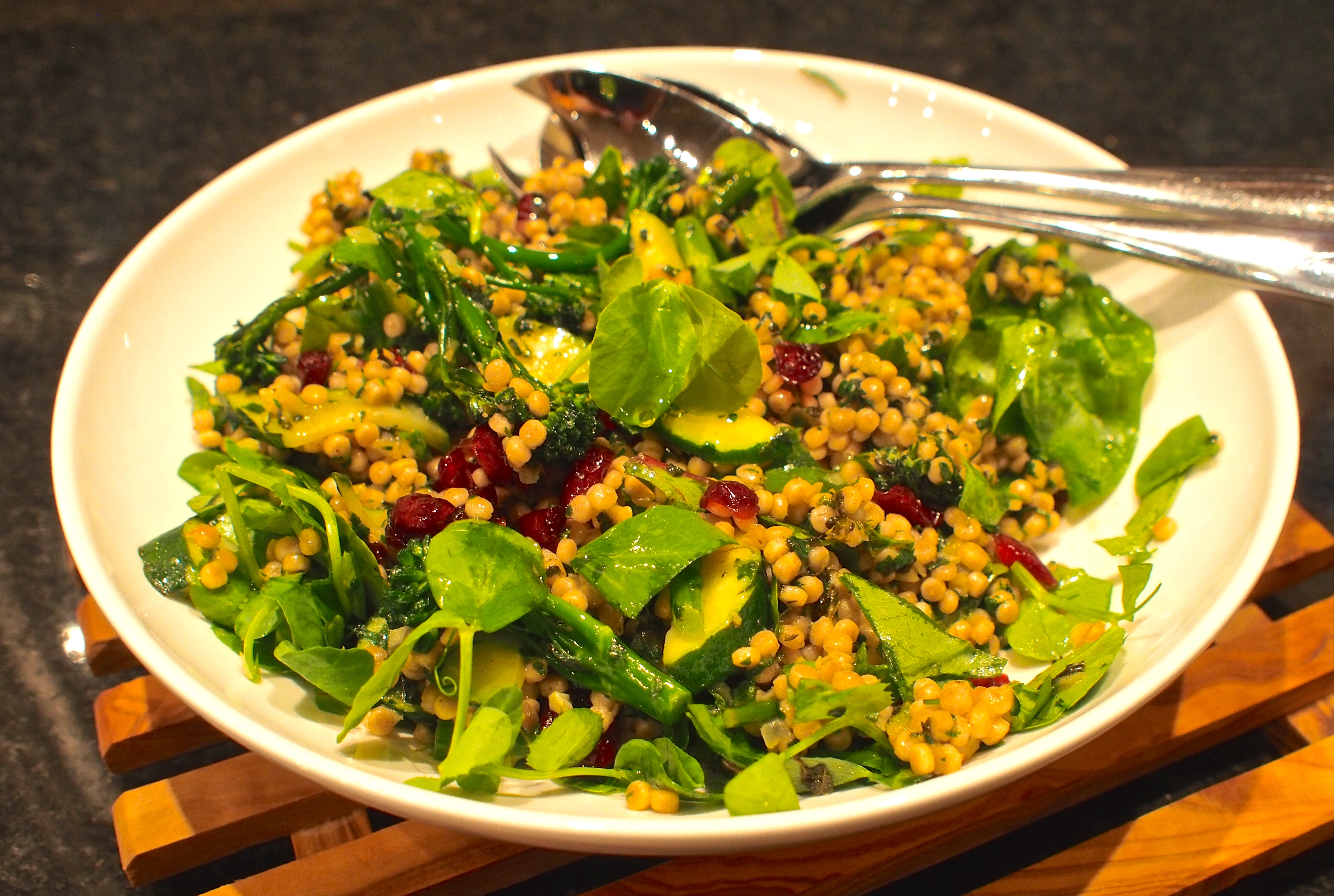

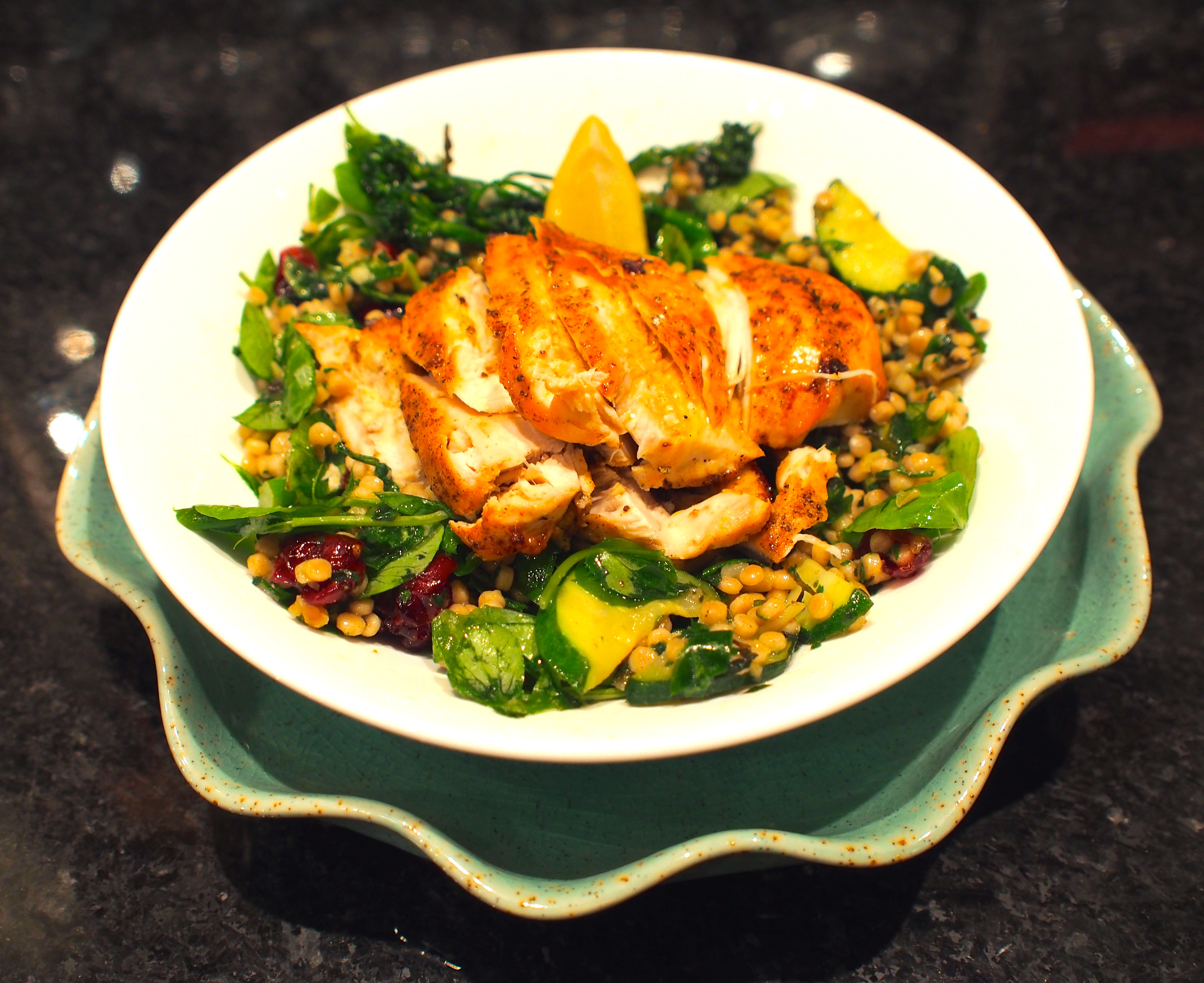
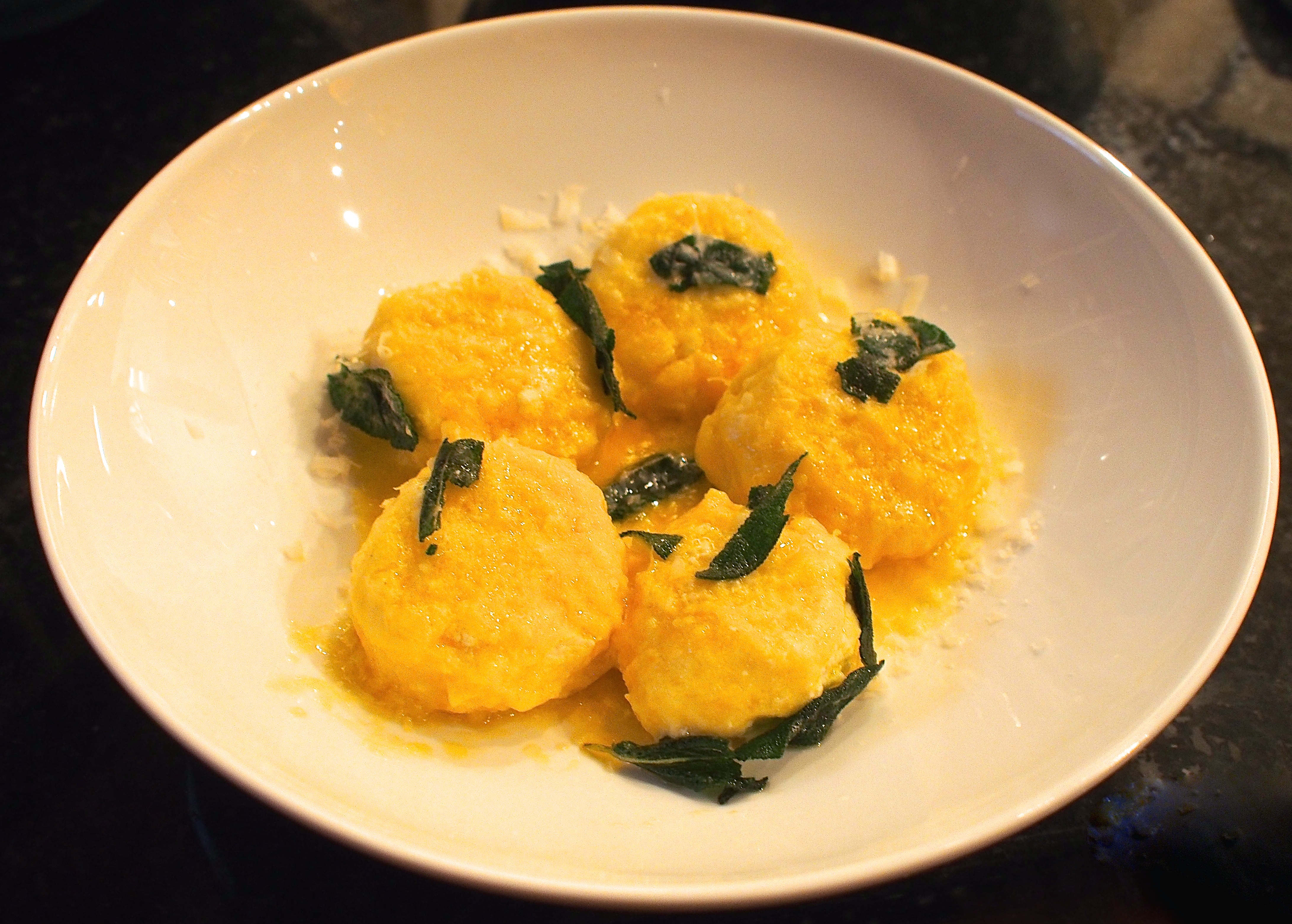

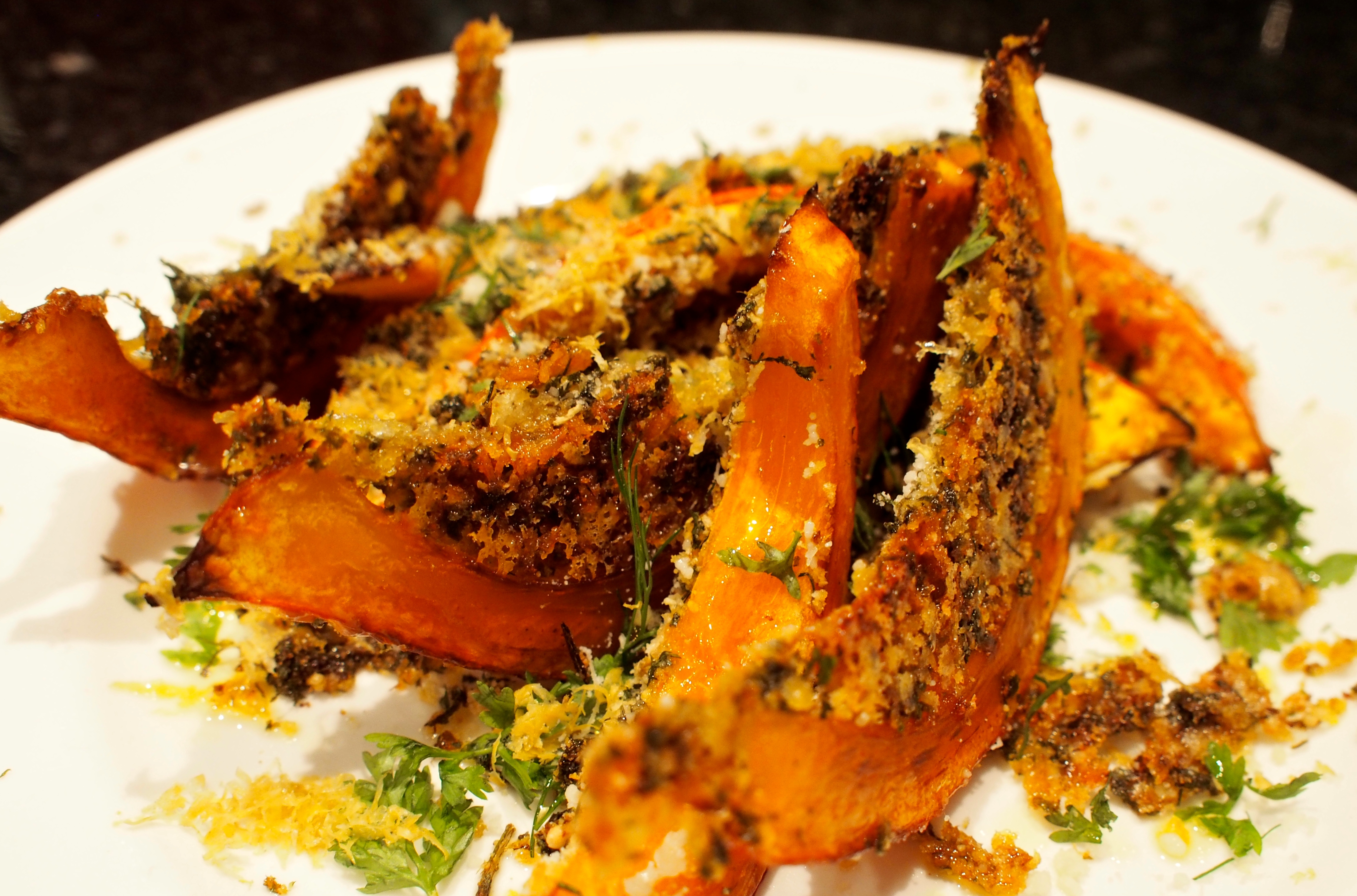
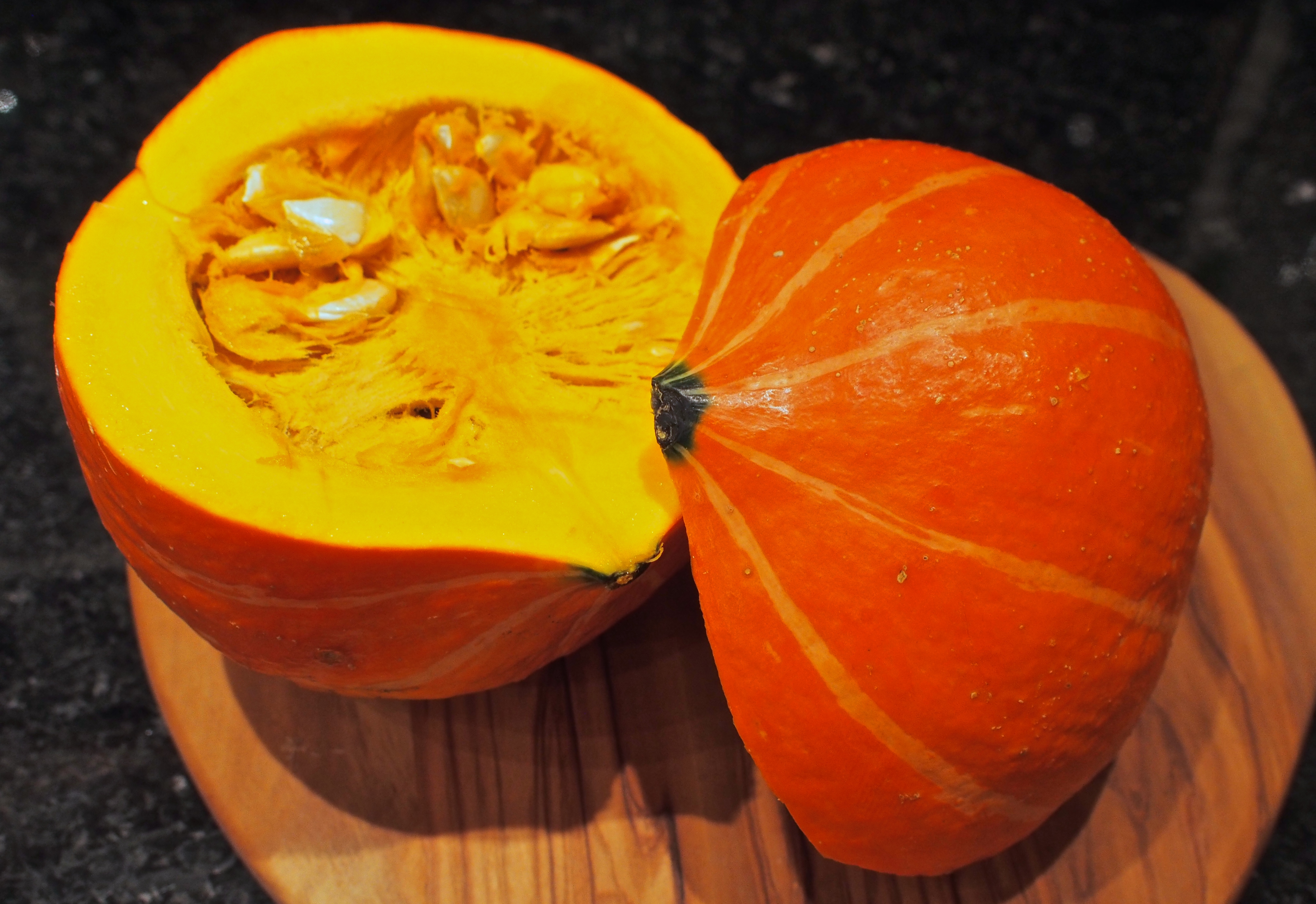
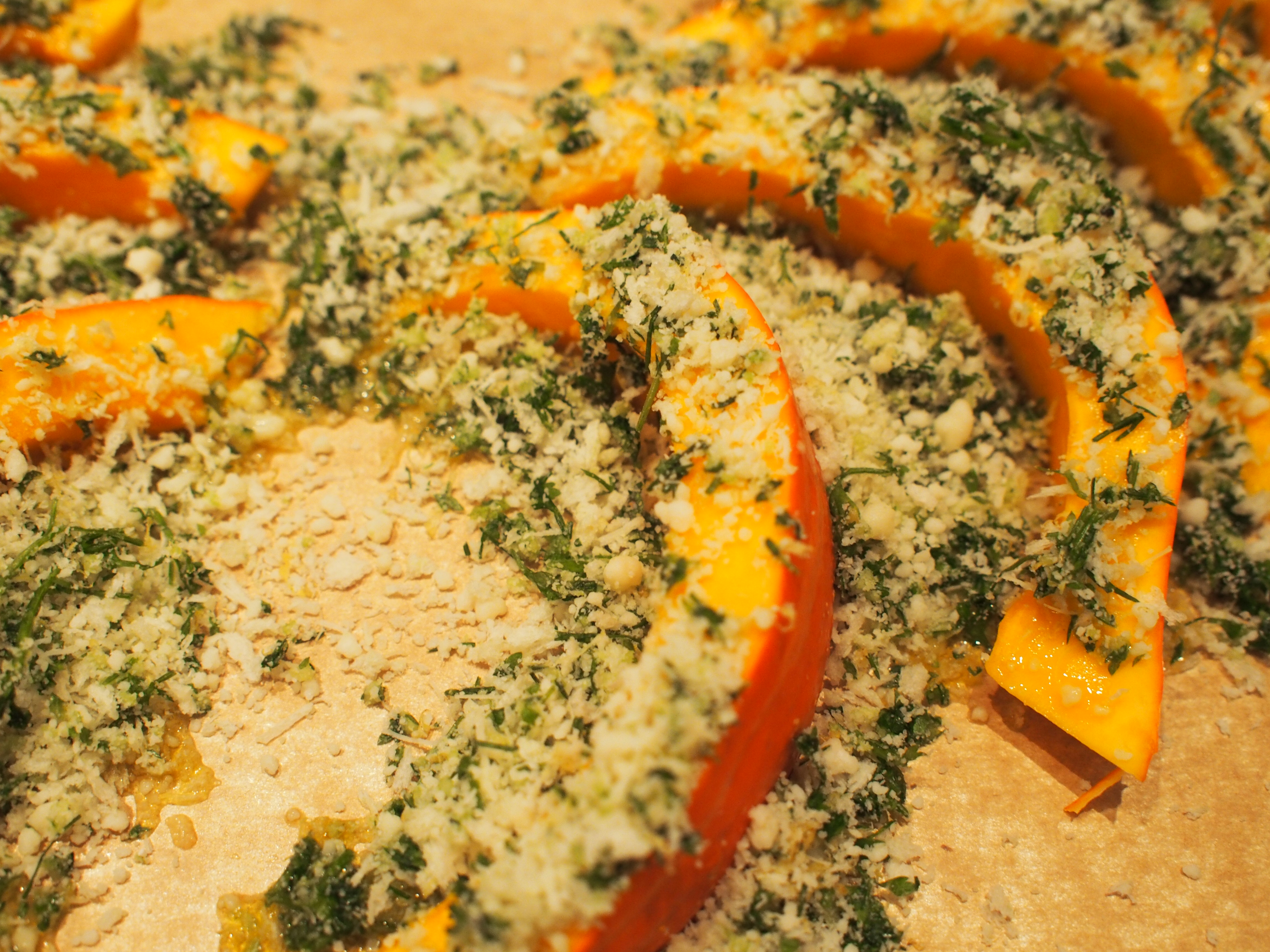

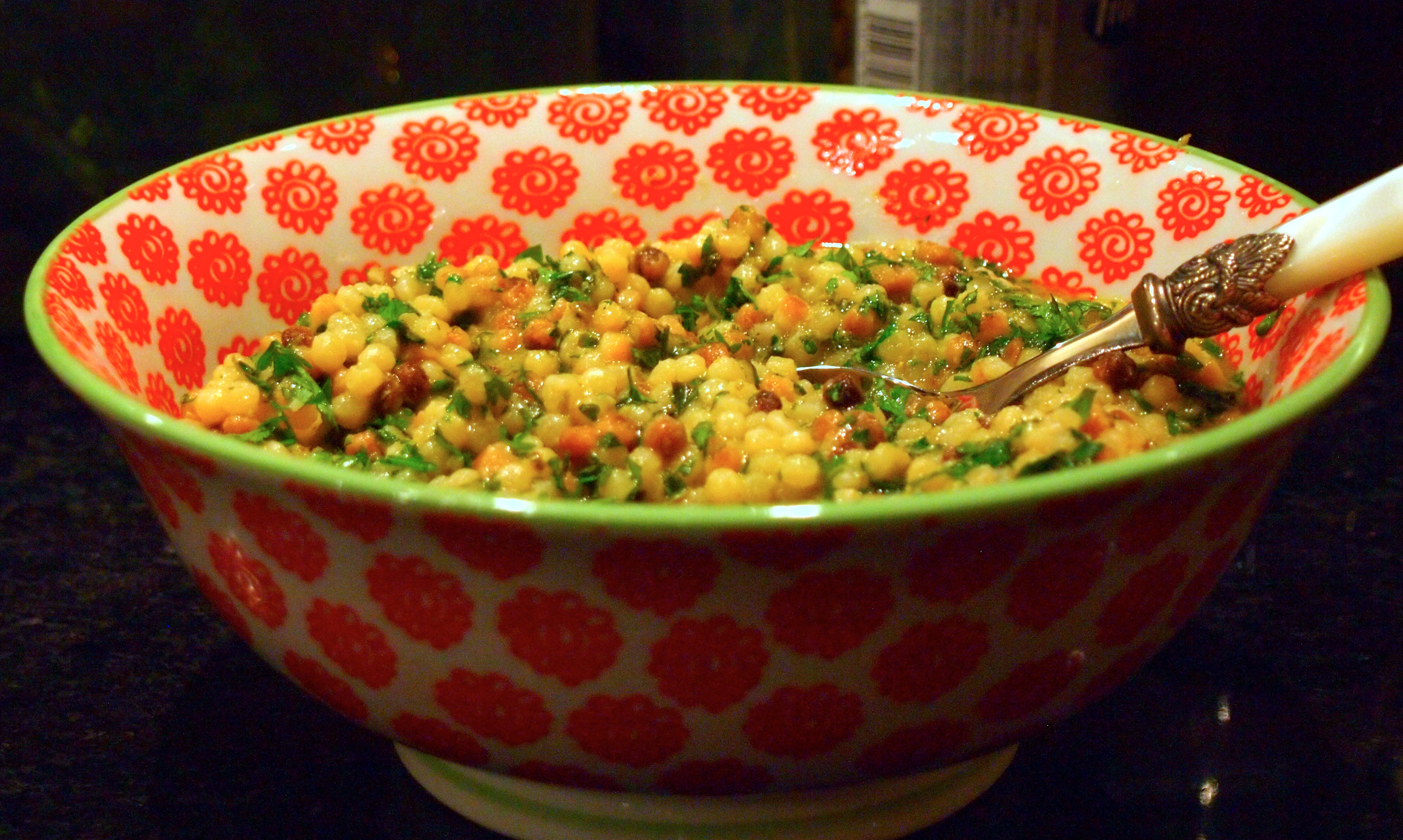
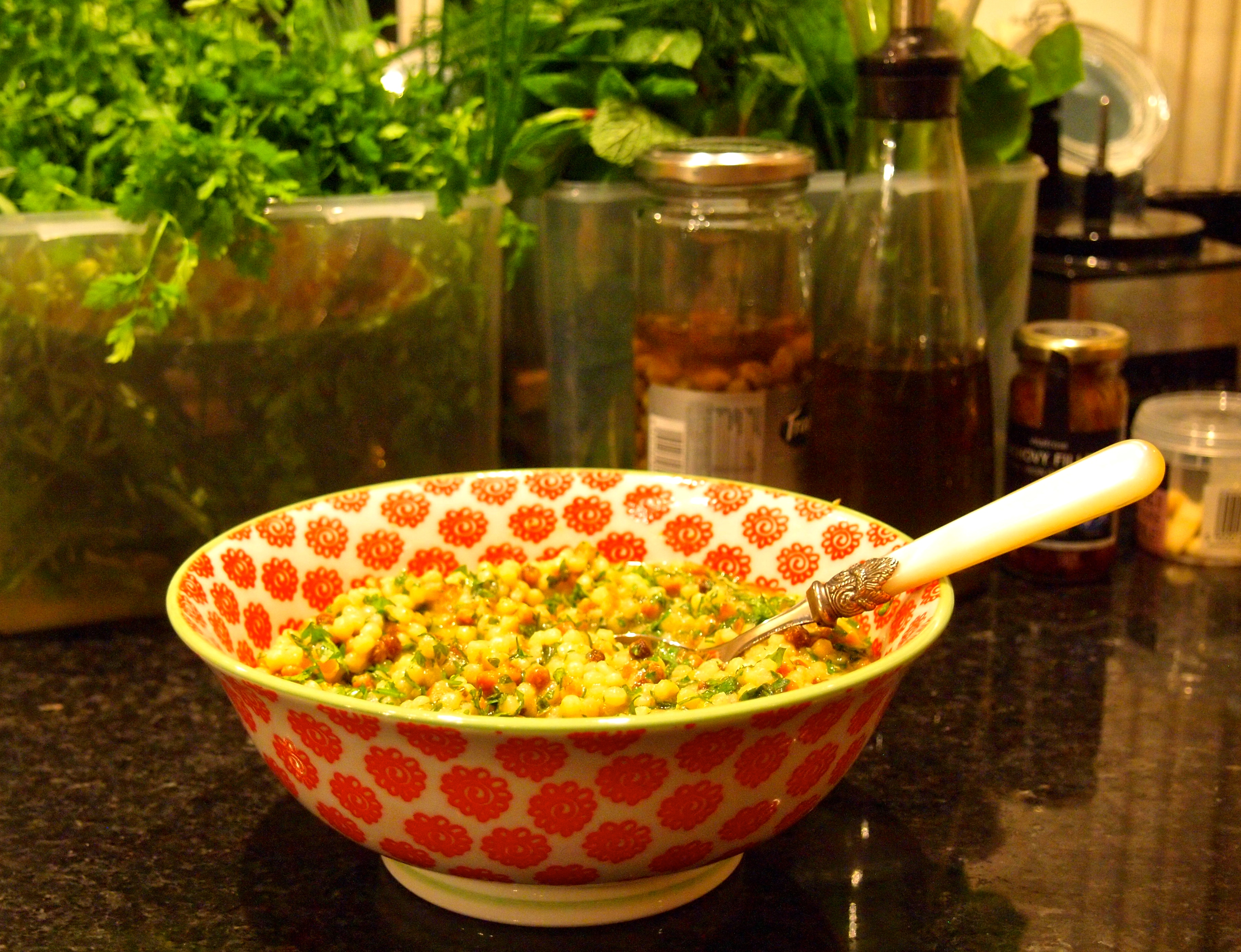

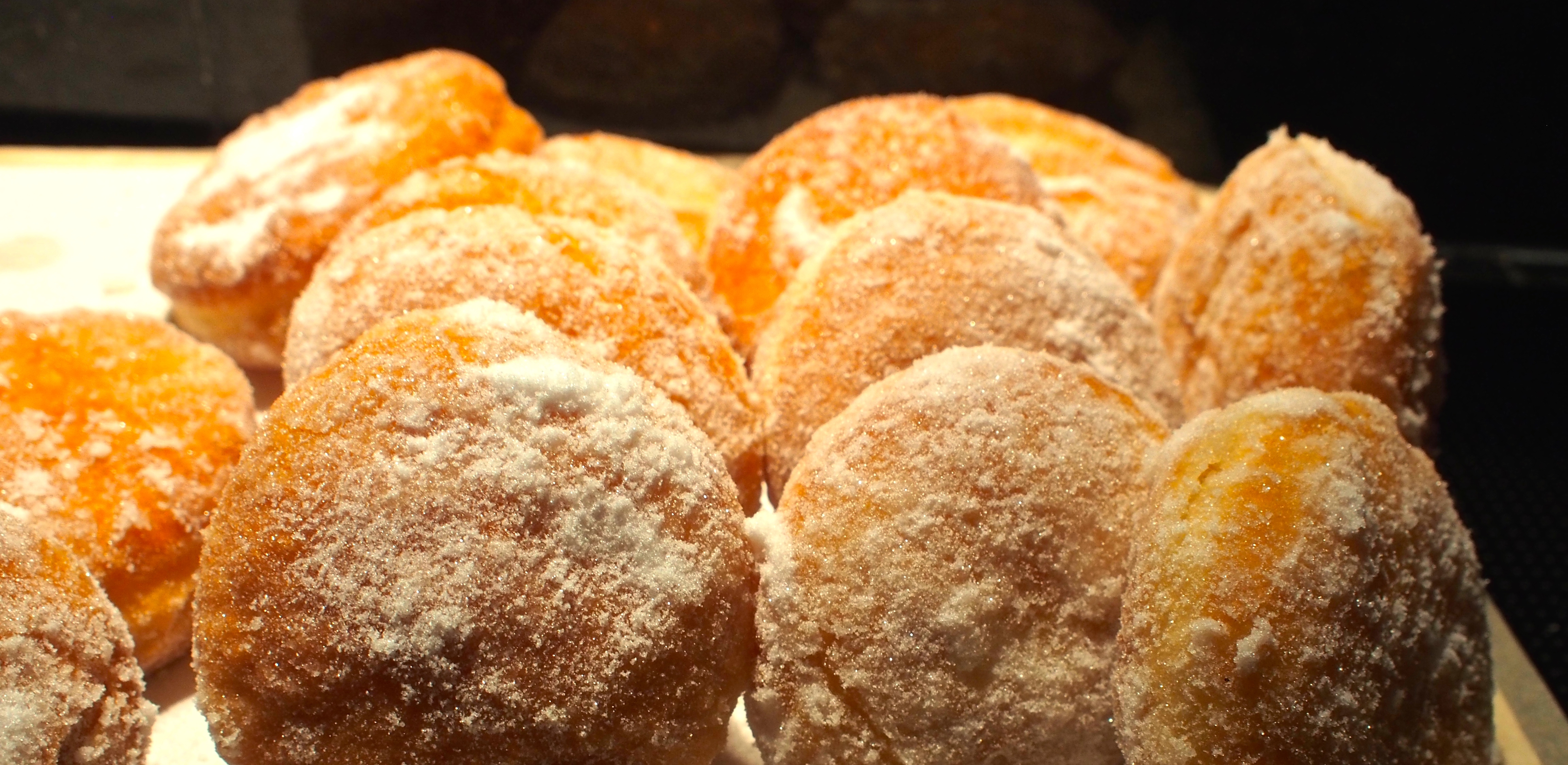

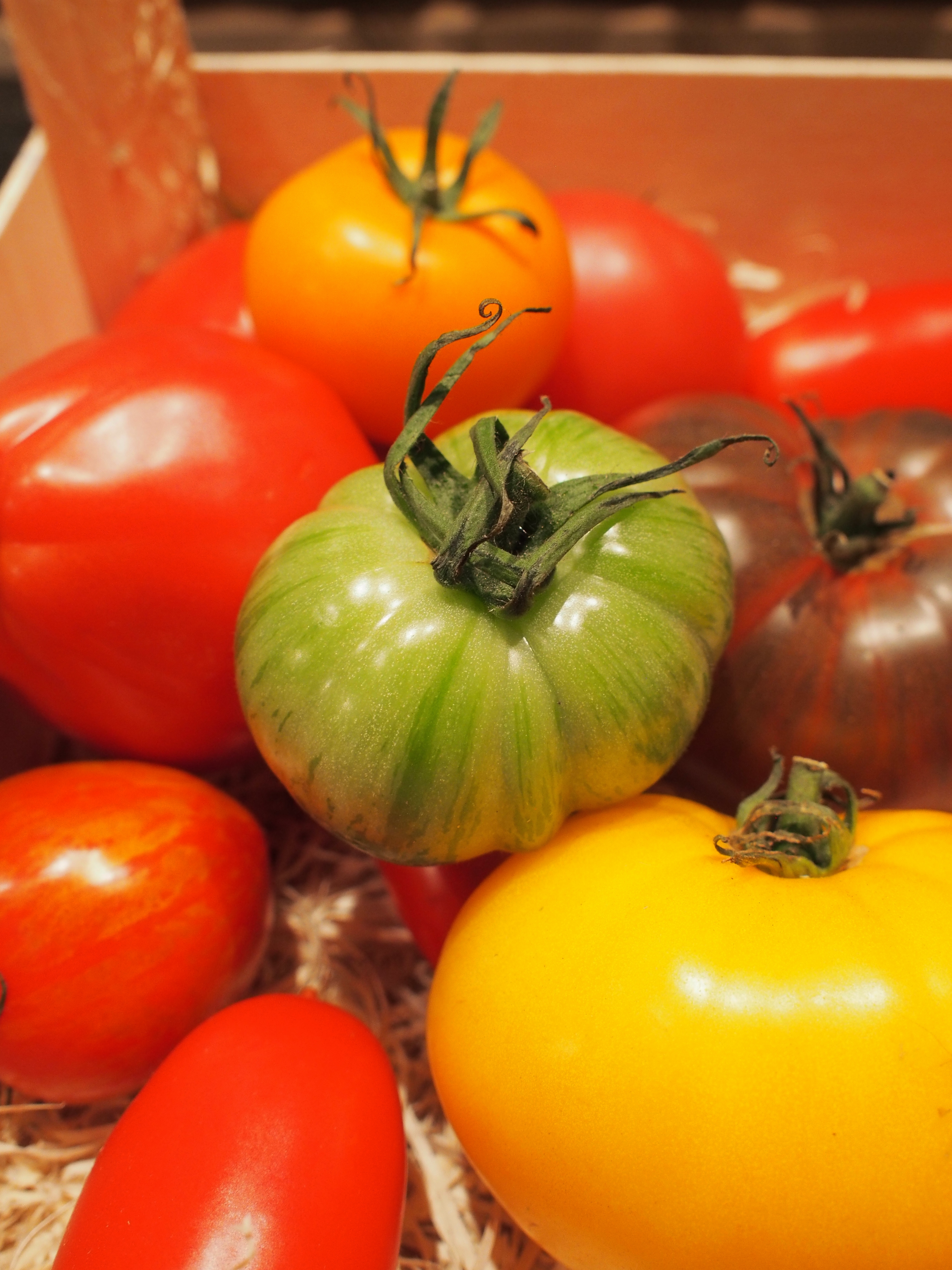
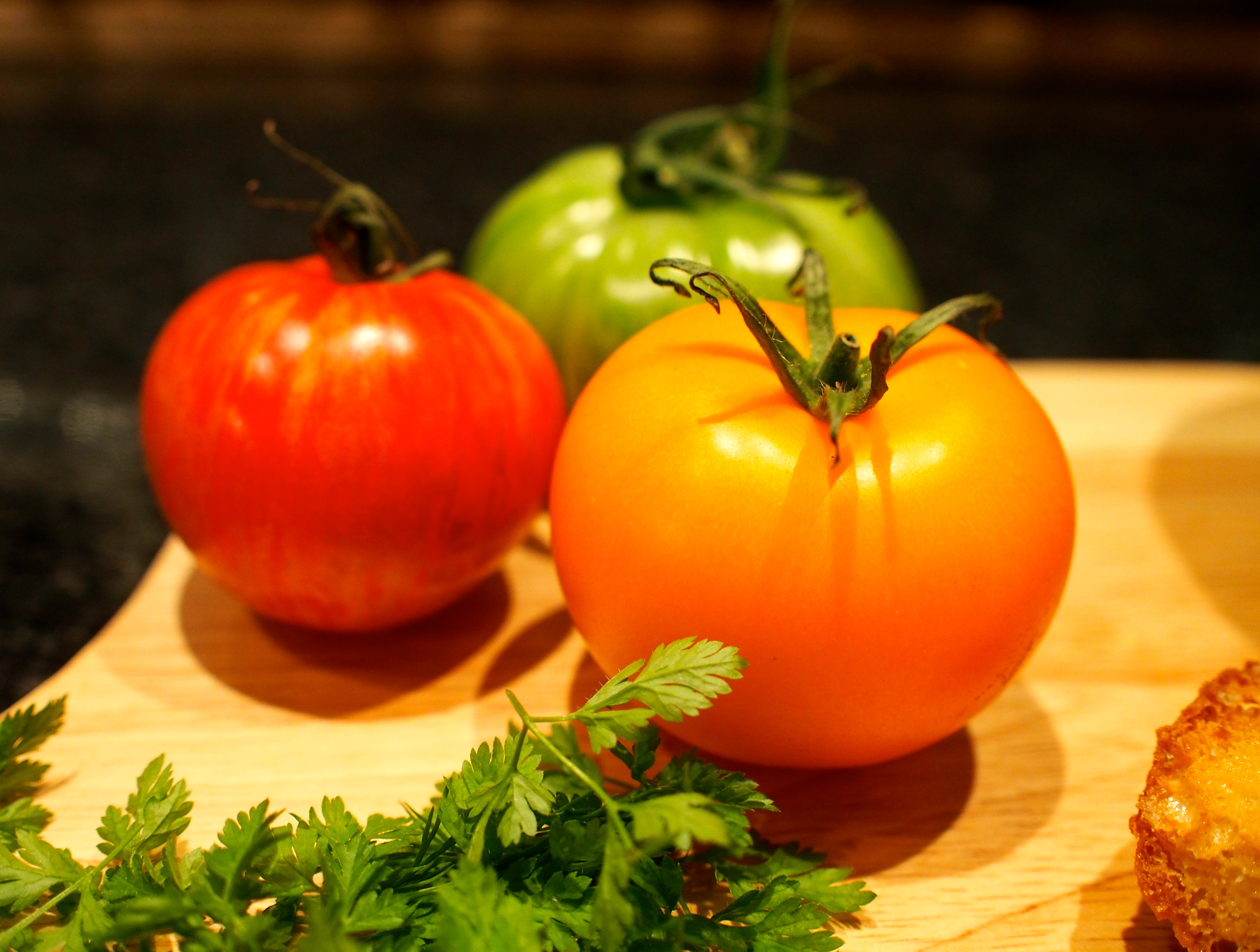
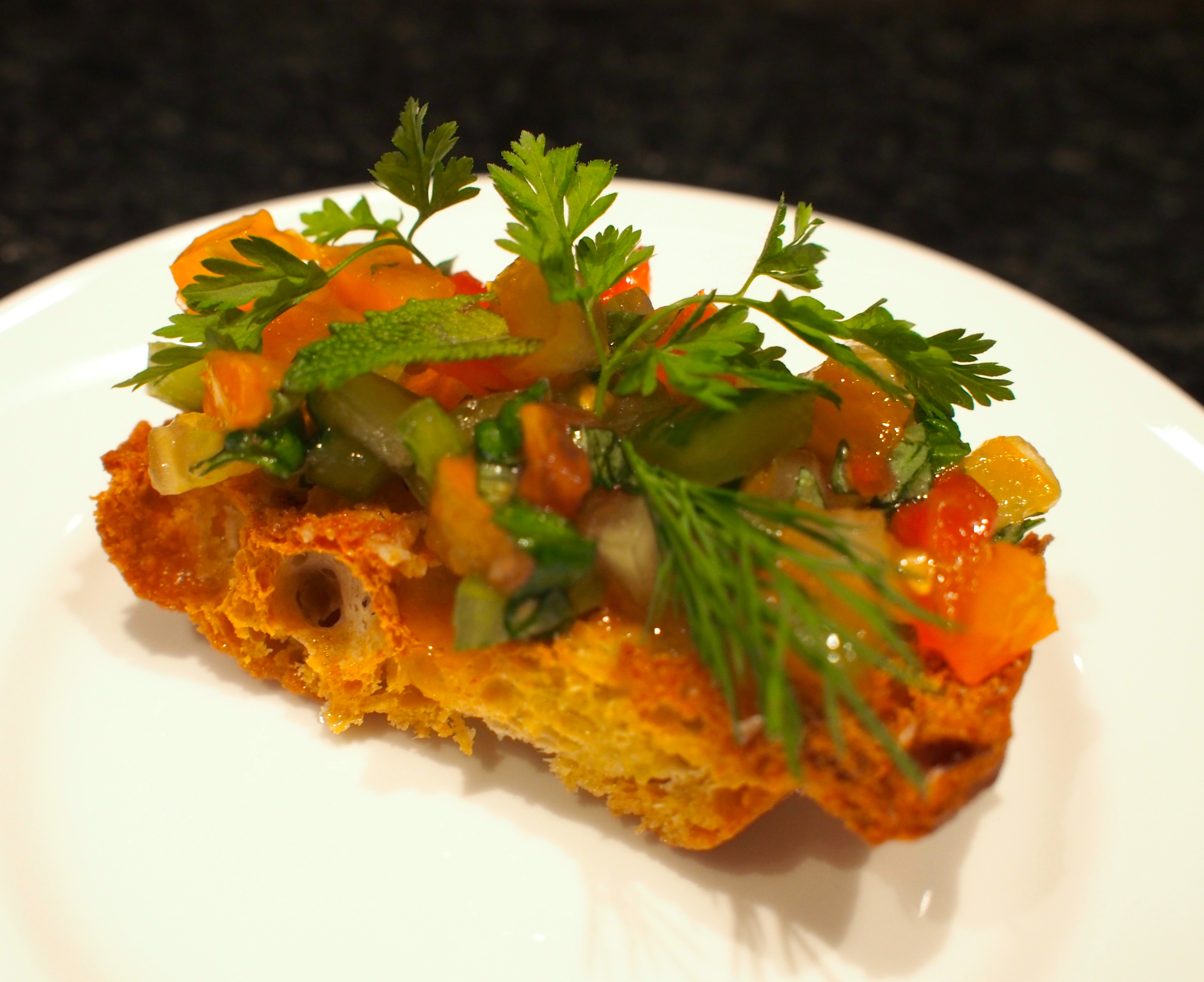
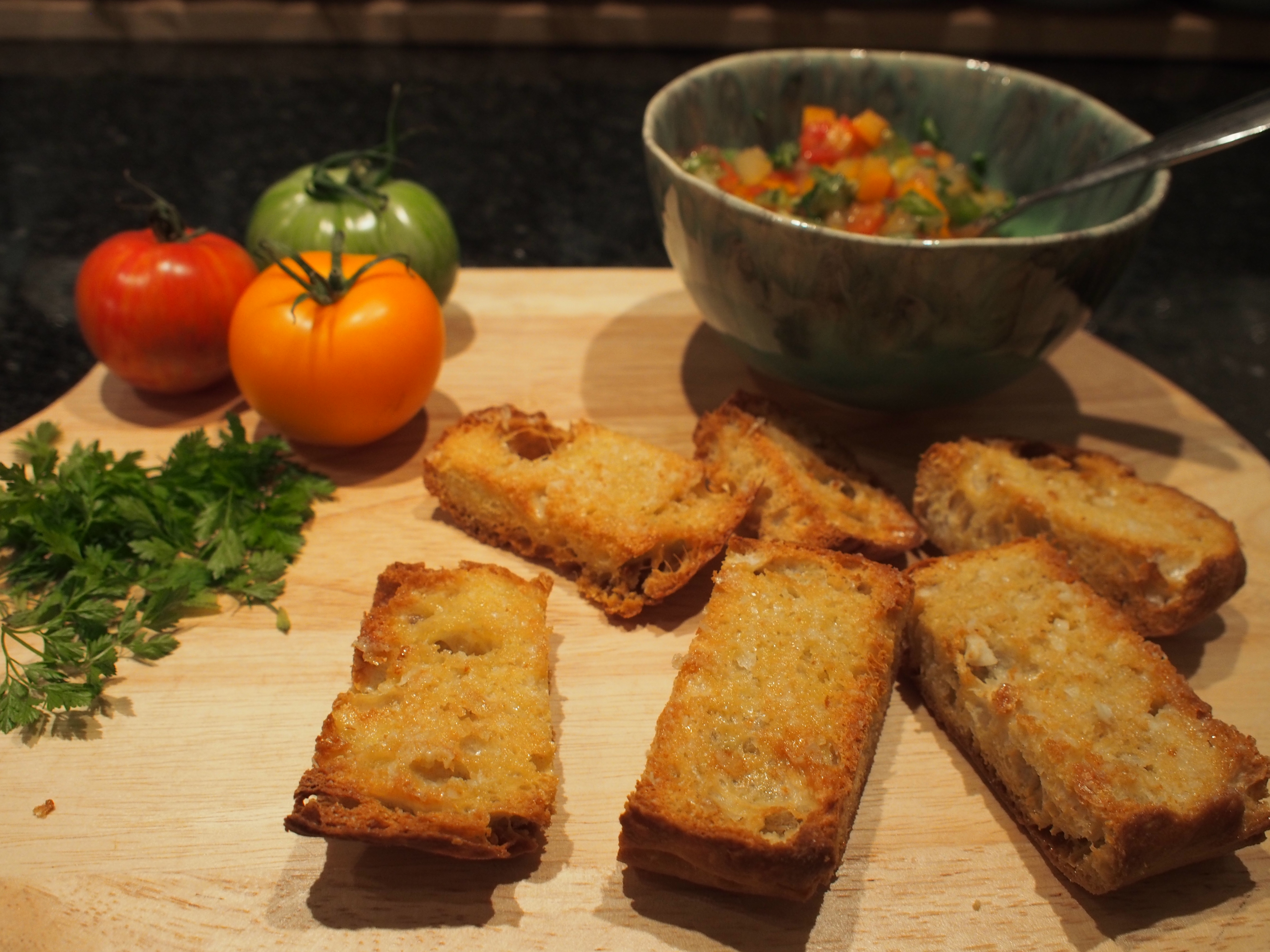

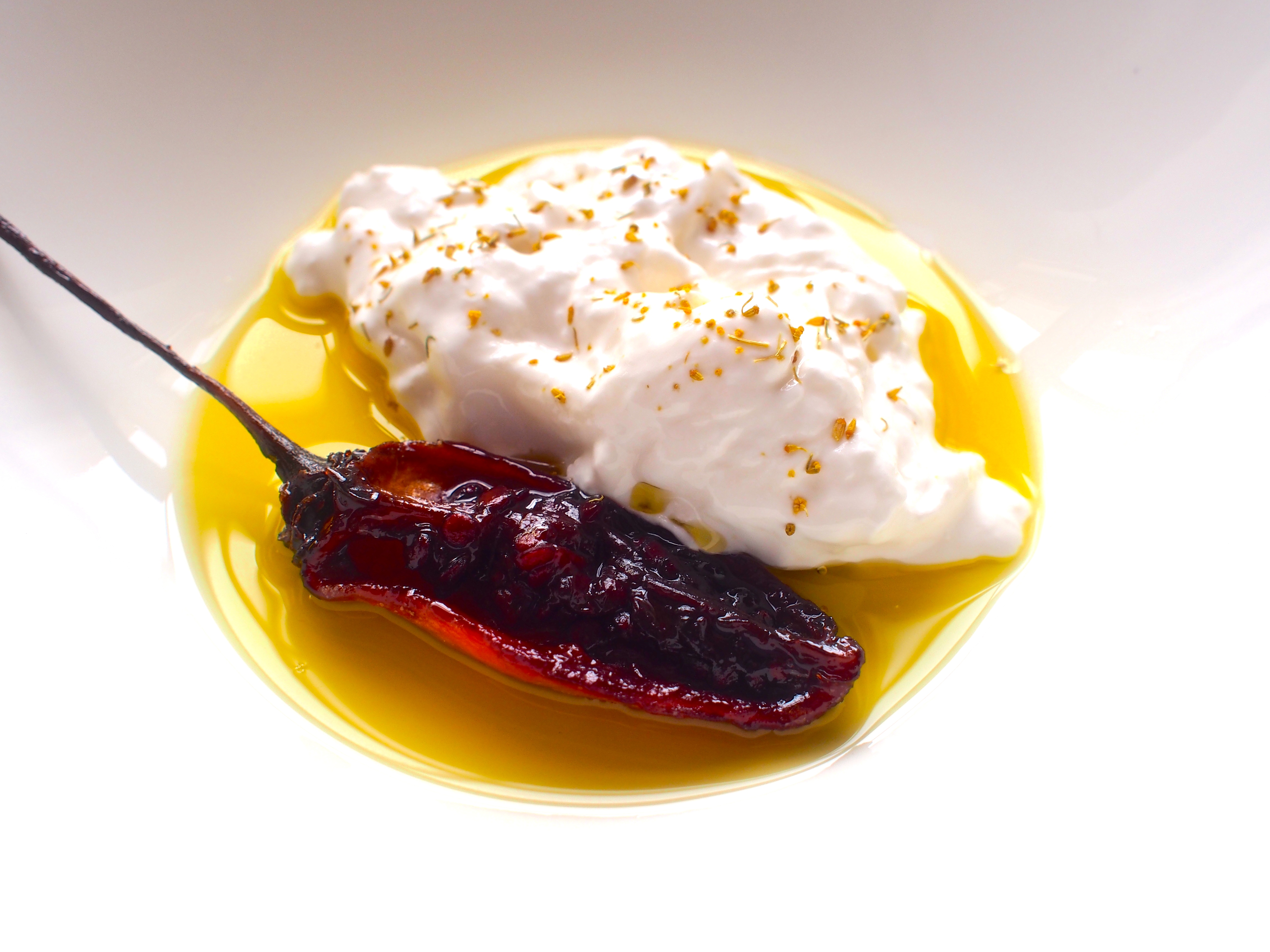 I have
I have 

